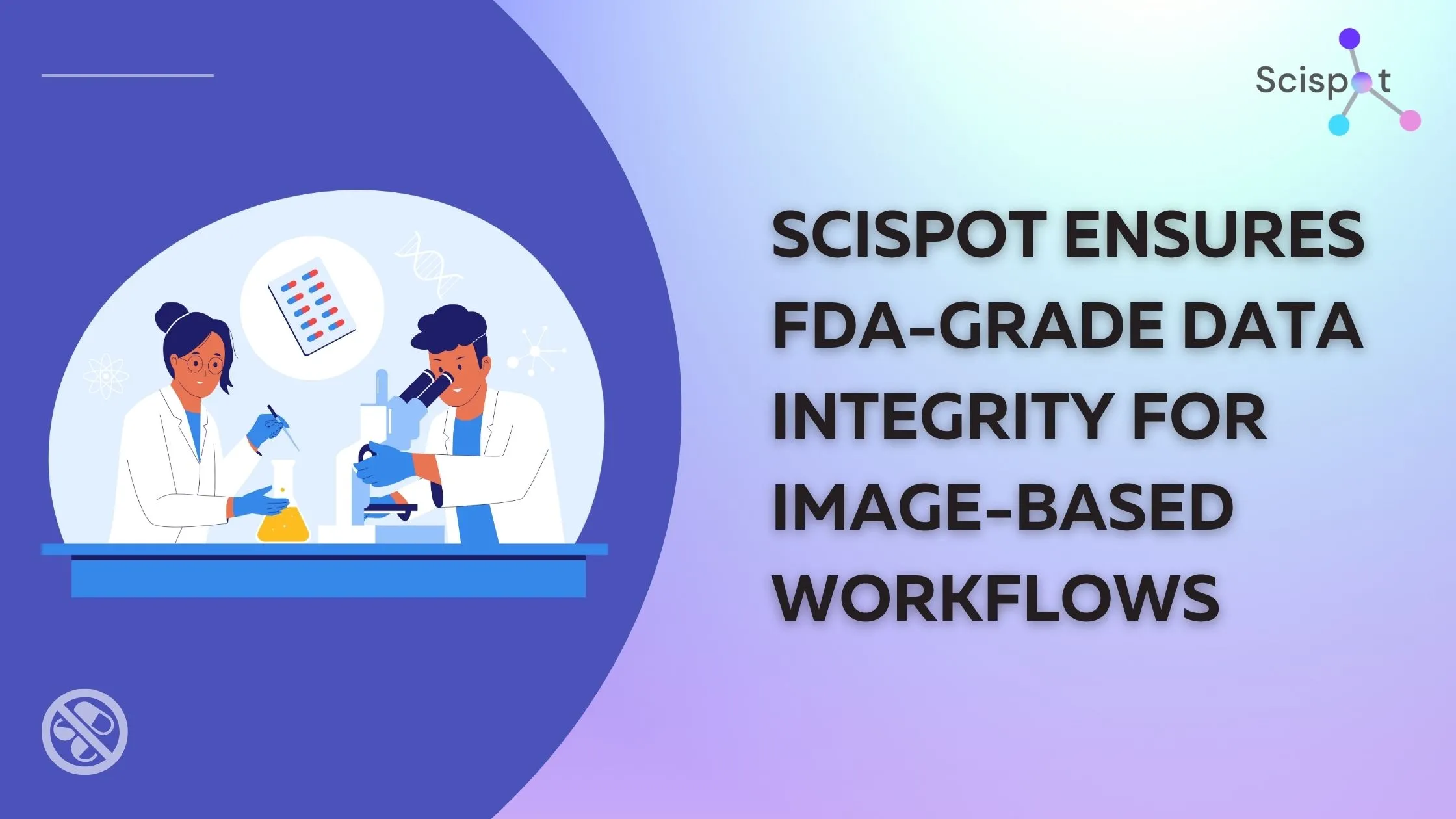What are the main challenges companies face when implementing digital transformation in life sciences?
Digital transformation in life sciences is reshaping the industry. It offers new opportunities for innovation and efficiency. However, implementing these changes is not without challenges.
Companies face hurdles like data integration and regulatory compliance. Cultural resistance and legacy systems also pose significant obstacles. These challenges can slow down progress and innovation.
Despite these difficulties, the potential benefits are immense. Digital health solutions and data-driven healthcare are transforming patient care. They enable personalized medicine and improve operational efficiency.
In California, digital transformation in life sciences is thriving. Innovative startups and research institutions are leading the way. They demonstrate how digital is enabling transformation in life sciences.
Understanding these challenges and solutions is crucial. It helps companies navigate the complex landscape of digital transformation. This article explores these issues in depth.
The Importance of Digital Transformation in the Life Sciences Industry
Digital transformation in the life sciences industry is critical. It helps companies stay competitive and foster innovation. The shift is not just beneficial but necessary.
The adoption of digital health solutions leads to more personalized patient care. Data-driven healthcare can enhance efficiency across operations. These innovations drive substantial improvements in patient outcomes.
Several factors highlight the importance of digital transformation:
- Streamlined drug development
- Better clinical trial processes
- Enhanced patient-provider communication

Moreover, life sciences technology is rapidly evolving. Companies must adapt to leverage the latest advancements. Continuous adaptation and integration of tech in healthcare are essential. Without embracing change, organizations may struggle to meet new challenges. In the ever-evolving healthcare landscape, digital transformation offers a path to sustainable progress and innovation.
Key Challenges in Implementing Digital Transformation
Implementing digital transformation in the life sciences industry presents numerous challenges. Companies often face hurdles that complicate smooth transitions.
One of the main challenges is data integration. Disparate systems must communicate seamlessly. Achieving interoperability is vital for success.
Another significant hurdle is regulatory compliance. Strict regulations govern data security and privacy. Fulfilling these requirements demands careful planning.
Cultural resistance also poses a challenge. Employees may hesitate to adopt new technologies. Managing change effectively is crucial to overcoming this barrier.
Some common challenges include:
- Data integration issues
- Regulatory compliance constraints
- Cultural resistance to change
Additionally, organizations struggle with legacy systems. These outdated technologies can hinder digital adoption. Bridging the technology gap requires strategic planning and investment. Addressing these challenges head-on ensures a more successful digital transformation journey.
How Scispot Accelerates Digital Transformation in Life Sciences
Scispot serves as the system of action for life science companies aiming to digitize, connect, and scale their operations. Unlike legacy systems that merely document workflows, Scispot actively powers them—linking experiments, instruments, and analytics into one seamless ecosystem. By offering an API-first and AI-ready platform, Scispot enables labs to achieve true interoperability, automate routine processes, and maintain full regulatory traceability without sacrificing flexibility. This approach empowers R&D and diagnostics teams to innovate faster, comply effortlessly, and unlock the full value of their scientific data.
Data Integration and Interoperability
Data integration is crucial for digital transformation in life sciences. Ensuring seamless data flow across systems is imperative. Interoperability enables better data-driven healthcare.
Organizations often struggle with disparate systems. These systems must be synchronized for effective data exchange. Without integration, insights may remain inaccessible.
Overcoming data challenges requires:
- A unified data strategy
- Tools for seamless data exchange
- Collaborative efforts across departments

Achieving interoperability enhances communication. This boosts decision-making and operational efficiency. With integrated systems, companies can harness the full potential of digital health solutions. Investing in the right tools and practices is essential to overcome these challenges.
Regulatory Compliance and Data Security
Regulatory compliance is a major challenge in digital transformation. Life sciences companies must meet strict standards. Ensuring data security and privacy is critical.
Non-compliance can lead to severe penalties. Organizations need robust data governance strategies. Compliance requires careful oversight and collaboration with legal experts.
Key steps include:
- Implementing strong data protection measures
- Regular compliance audits
- Staff training on regulations
Data security safeguards sensitive information. Protecting patient data is not just a legal obligation. It also fosters trust among stakeholders. Ensuring compliance can unlock the true potential of digital transformation. With careful planning and execution, these challenges can be effectively addressed.

Cultural Resistance and Change Management
Cultural resistance can impede digital transformation efforts. Employees may resist changes that disrupt their routines. Addressing resistance requires effective change management strategies.
Organizations must foster a culture of innovation. Encouraging open communication helps reduce fear. Leadership plays a crucial role in guiding change.
Strategies for managing change include:
- Open communication channels
- Providing training and support
- Engaging leadership in the change process
Overcoming resistance is essential for success. Change management helps align team goals. This encourages buy-in and enthusiasm for new technologies. With the right approach, cultural barriers can be dismantled.
Legacy Systems and Technology Gaps
Legacy systems present a notable challenge. These outdated technologies can obstruct digital advancement. Bridging the technology gap is necessary for progress.
Companies must evaluate existing systems for integration potential. Replacing or upgrading these systems may be required. Identifying gaps helps streamline processes and improve efficiency.
Strategies to address technology gaps include:
- Assessing current IT infrastructure
- Investing in modern technologies
- Developing a roadmap for integration

Addressing legacy systems enhances digital capabilities. With modern technology, companies can better adopt new innovations. This prepares them to meet industry demands and achieve transformational goals.
Strategies to Overcome Digital Transformation Challenges
Overcoming digital transformation challenges in life sciences requires strategic planning. Companies must adopt a holistic approach to address these issues.
Collaboration between IT and business units is crucial. This partnership ensures alignment with organizational goals and smooth transition.
To effectively address challenges, companies can:
- Foster interdisciplinary teamwork
- Invest in digital skills development
- Implement robust data governance frameworks
Training and development are vital. Equipping employees with digital skills helps ease transitions and boosts adaptability.
Prioritizing cybersecurity is essential. Protecting sensitive data enhances trust and ensures regulatory compliance.
By embracing these strategies, life sciences companies can successfully navigate transformation hurdles. This paves the way for efficient digital implementation and enhanced operational efficiency.
Scispot: The Backbone of the Digitally Transformed Lab
For companies seeking to future-proof their scientific operations, Scispot stands out as the foundation for a connected, data-driven enterprise. It acts as the system of action for labs, unifying ELN, LIMS, and SDMS capabilities under one configurable platform, built to integrate with any lab instrument or software. Whether enabling automated data capture, generating compliant reports, or facilitating AI-driven analysis, Scispot transforms digital transformation from a strategy into a daily reality. Life science organizations using Scispot are not just adapting to the digital era—they’re defining it.
The Value and Future of Digital Transformation in Life Sciences
The life sciences industry benefits immensely from digital transformation. It enhances patient outcomes and streamlines operations. These improvements lead to significant cost savings and increased efficiency.
The future holds promising advancements, driven by rapid technological innovation. Digital tools support precision medicine and personalized healthcare approaches. Key areas of impact include:
- Telemedicine and remote monitoring
- AI-driven diagnostics
- Data-driven clinical trials
Adapting to digital transformation positions companies at the forefront of innovation. This fosters growth and competitiveness in an evolving market. Organizations that embrace these changes will likely excel.

This transformation not only enhances efficiency but also improves global health equity, bringing quality care to underserved populations.




.webp)






